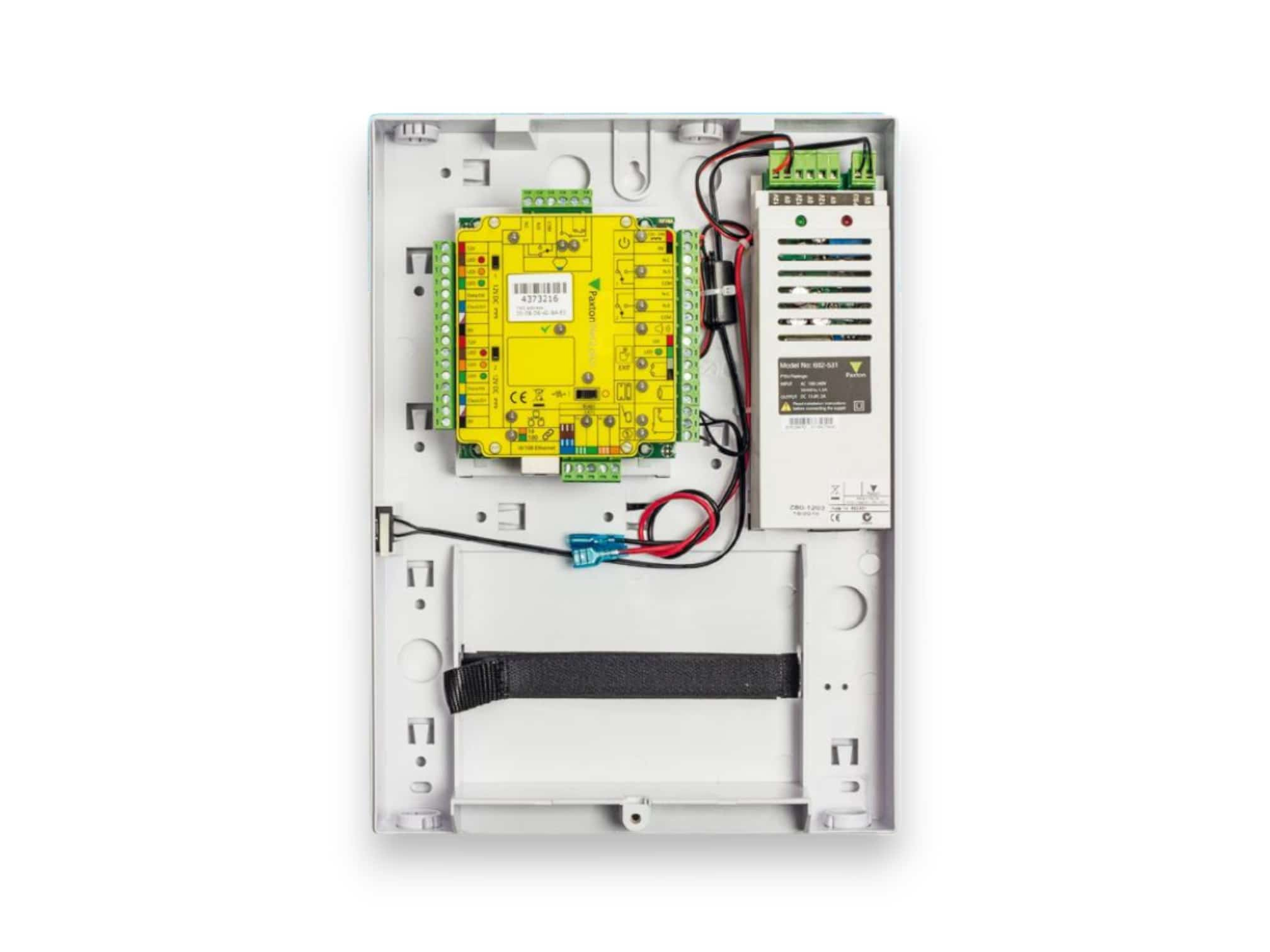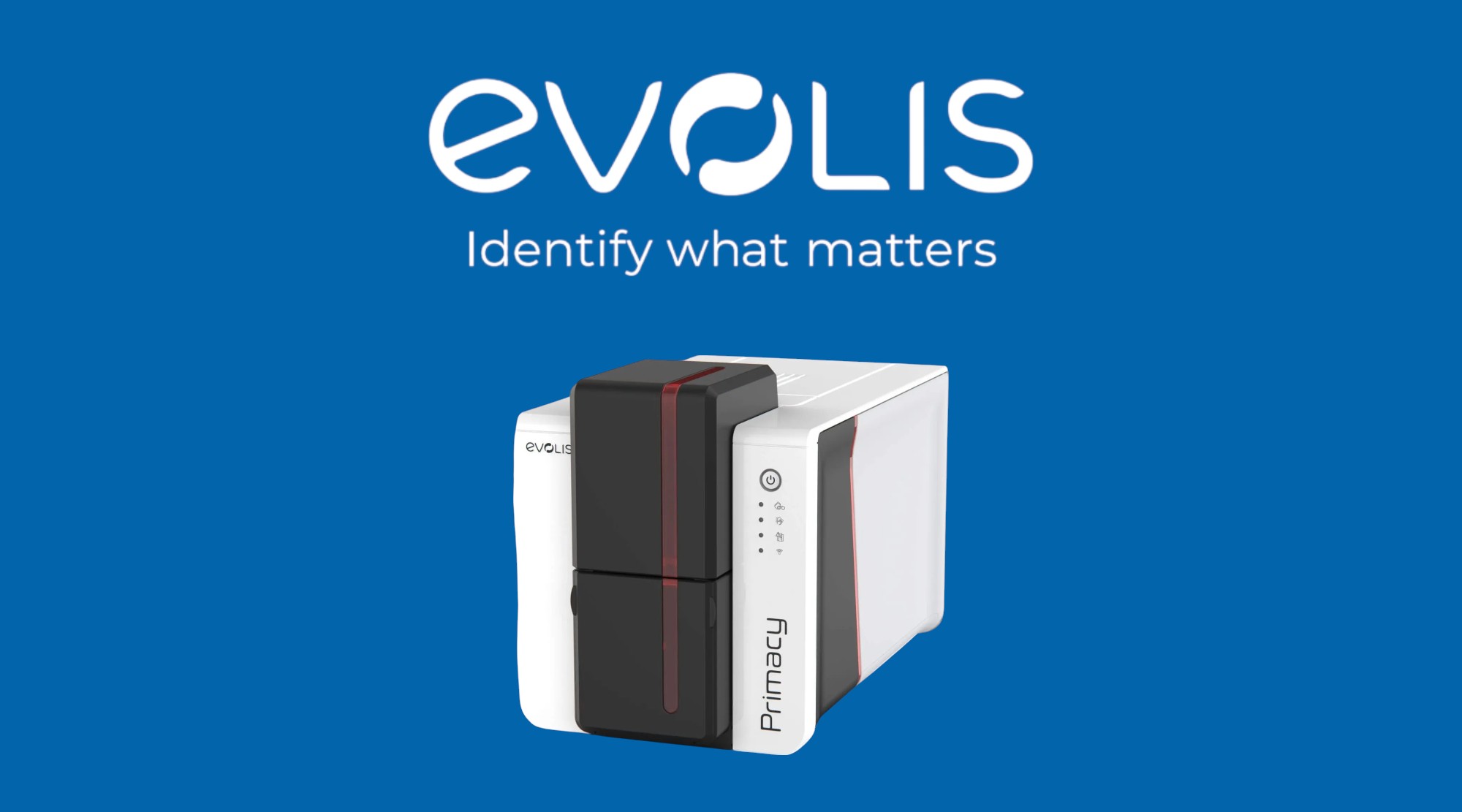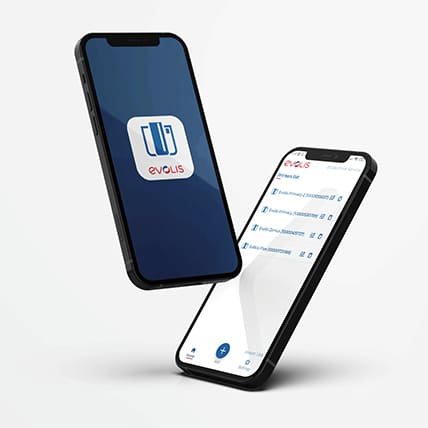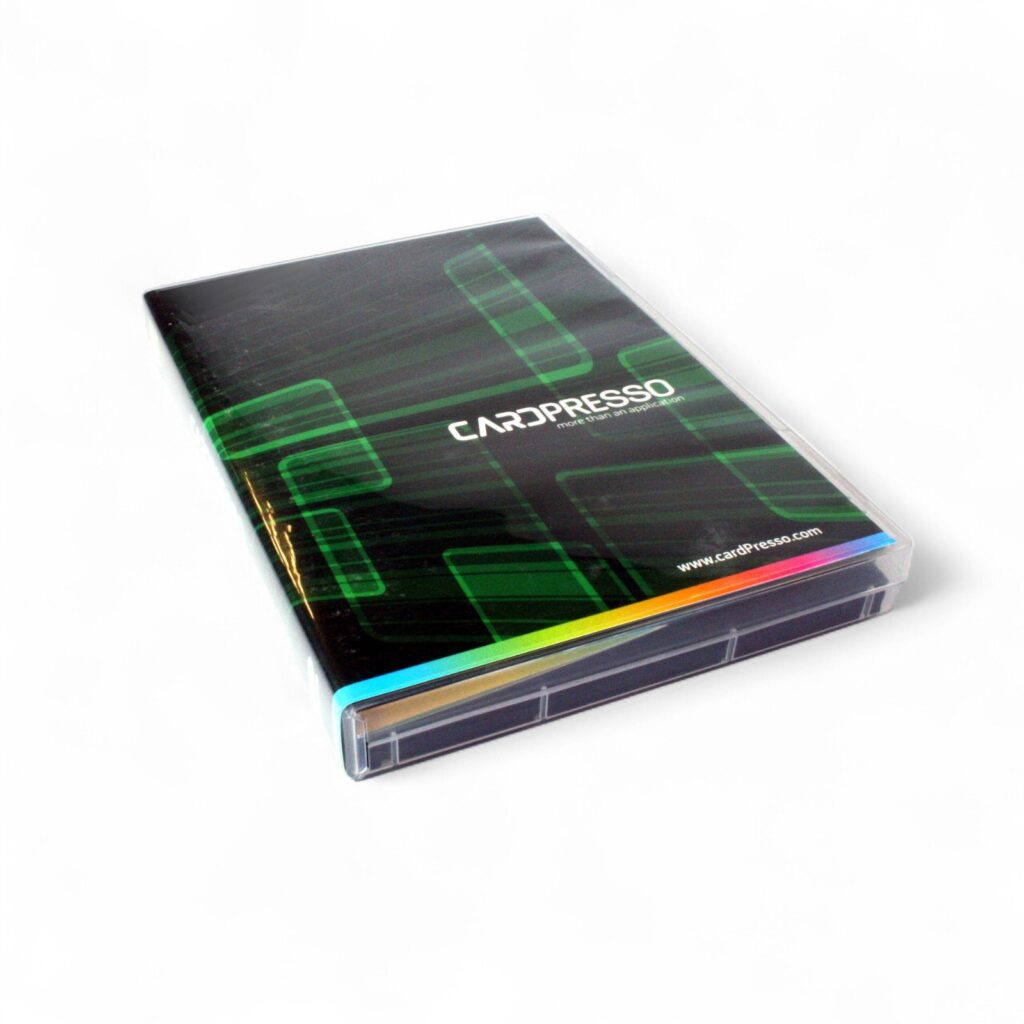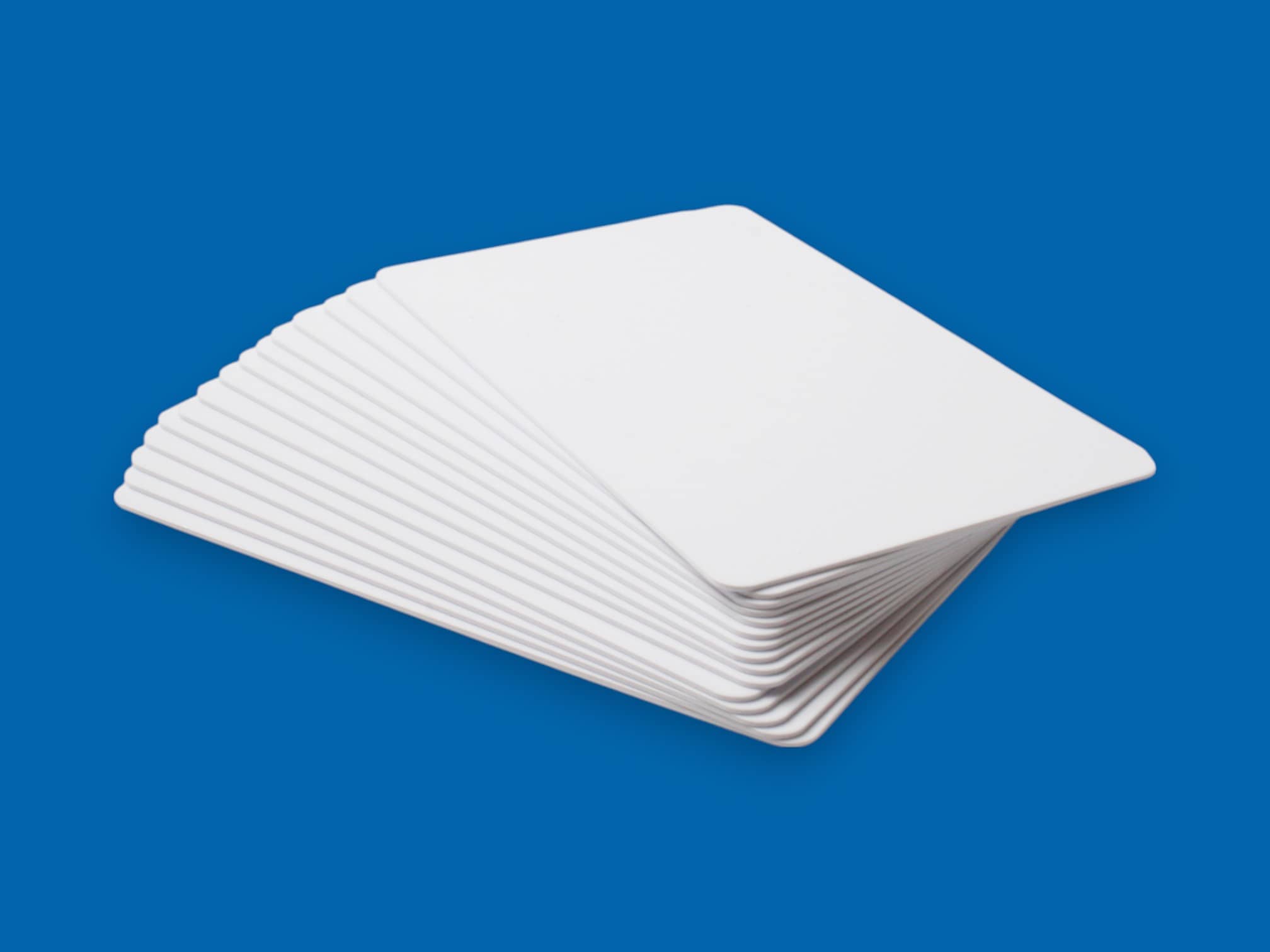
In the world of business, plastic ID cards play a vital role in making strong first impressions. High-quality plastic identification cards are an excellent way to create a lasting impression.
These cards act as a visual representation of your brand, enhancing corporate identity while projecting professionalism. However, the benefits of plastic ID cards extend beyond aesthetics. They improve security, streamline operations, and support customer loyalty initiatives.
Selecting the right printing service provider is essential. Look for one that delivers quality products, competitive pricing, and excellent customer service.
The aim of this post is to navigate you through the essentials of plastic ID cards. From understanding their types and materials to integrating them seamlessly into your business.
Understanding Plastic Identification Cards
Plastic identification cards have become indispensable for businesses of all sizes. Durable, versatile, and customisable, they are a preferred choice over traditional paper alternatives.
Made from robust materials, these cards offer longevity even with frequent use. Custom designs allow businesses to reflect their unique brand identity, adding a personal touch that standard options cannot achieve.
High-quality staff photos are key to creating professional ID cards. For tips on capturing the perfect images, explore our Guide to Taking Staff Photos for ID Cards.
The Importance of Quality in Plastic ID Cards
Investing in quality is critical for plastic ID cards. Poor-quality cards can damage your brand image and result in frequent replacements.
On the other hand, high-quality cards leave lasting impressions and remain functional over time. These cards withstand wear and tear while offering enhanced security features, safeguarding your business and its employees.
Common Uses of Plastic ID Cards
Plastic ID cards are incredibly versatile, serving multiple purposes across industries. Examples include:
- Access control for secure areas
- Membership and loyalty programmes
- Event management for attendees
As technology advances, the applications of plastic ID cards continue to grow, helping businesses operate more securely and efficiently.
Types and Materials of Plastic ID Cards
Choosing the right material for your plastic ID cards depends on your business requirements and environmental goals. Each type of card material offers its own benefits, catering to different applications while supporting durability and performance. Here is an expanded look at the most commonly used materials:
PVC
PVC (polyvinyl chloride) cards are the most widely used type of plastic ID card. Renowned for their affordability and high print quality, they are an ideal choice for businesses seeking a cost-effective yet professional solution.
- Benefits: Excellent for vibrant, high-definition printing; durable for everyday use; widely compatible with desktop ID card printers.
- Applications: Employee badges, access control, and membership cards.
- Eco Considerations: While traditional PVC is not biodegradable, recycled PVC options now offer a more sustainable alternative without sacrificing quality.
Composite Cards
Composite cards are made by combining layers of PVC with other durable materials, typically polyester. These cards are engineered for maximum strength and resilience, making them ideal for environments where wear and tear are significant concerns.
- Benefits: Superior durability and resistance to high temperatures, particularly suitable for laminated finishes or plastic ID cards printed with retransfer card printers.
- Applications: Long-term use in environments with frequent swiping or exposure to harsh conditions, such as transportation and industrial settings.
- Eco Considerations: Standard composite cards are designed for durability rather than recyclability, but advancements are incorporating recycled or eco-conscious materials.
PET Core Cards
PET core cards are a subtype of composite cards featuring a core layer of PET (polyethylene terephthalate) sandwiched between PVC layers. This design optimises both durability and environmental impact.
- Benefits: Heat-resistant, robust, and often made from recycled PET materials, making them easier to recycle than traditional PVC or composite cards.
- Applications: Ideal for industries requiring heat tolerance or businesses prioritising eco-friendly solutions.
- Eco Considerations: PET core cards stand out as a sustainable choice, offering recyclability and the option to use materials derived from recycled sources. Their design bridges the gap between durability and environmental responsibility.
Distinction: While all PET core cards are composite cards, not all composite cards use PET. Composite cards may include other polyester-based layers, whereas PET core cards specifically focus on recyclability and eco-friendliness.
Recycled Plastic Cards
Recycled plastic cards are crafted from reclaimed PVC or PET materials, providing an excellent way to reduce waste without compromising performance.
- Benefits: High quality, comparable to non-recycled alternatives; reduces environmental impact by reusing materials.
- Applications: Loyalty programmes, eco-conscious branding initiatives, and general-purpose ID cards.
- Eco Considerations: These cards showcase a business’s commitment to sustainability, appealing to environmentally aware customers.
Biodegradable PVC Cards
Biodegradable PVC cards are designed to maintain the durability and print quality of traditional PVC while decomposing more efficiently under specific conditions.
- Benefits: Similar to standard PVC in strength and appearance but designed to break down in controlled environments, reducing long-term waste.
- Applications: Suitable for businesses with green initiatives or those aiming to balance durability and eco-responsibility.
- Eco Considerations: These cards feature additives that accelerate decomposition, making them an excellent choice for reducing the environmental footprint of plastic cards.
Paper and Card-Based ID Options
For businesses prioritising sustainability, paper and card-based ID options are gaining popularity. While they are thinner than the standard 760-micron plastic cards, they remain compatible with most desktop ID card printers.
- Benefits: Lightweight, fully recyclable, and often cost-effective; retains functionality for short-term or disposable applications.
- Applications: Visitor passes, event badges, and eco-friendly membership cards.
- Eco Considerations: These cards reduce reliance on plastic entirely, offering a sustainable solution for businesses seeking to minimise their environmental impact without sacrificing functionality.
The Future of Eco-Friendly ID Cards
The evolution of ID card materials reflects a growing commitment to sustainability. PET core, recycled PVC, biodegradable options, and paper-based cards offer businesses a diverse range of solutions to reduce their environmental impact. By selecting materials that align with operational needs and eco-conscious goals, businesses can showcase their values while staying ahead of industry trends.
As businesses strive to balance operational efficiency with environmental responsibility, the adoption of sustainable ID card materials will continue to grow. By staying informed about emerging technologies and advancements in eco-friendly manufacturing, organisations can not only meet their identification needs but also demonstrate a commitment to reducing their environmental footprint. Investing in these innovative solutions helps businesses future-proof their operations while contributing to a more sustainable world.

